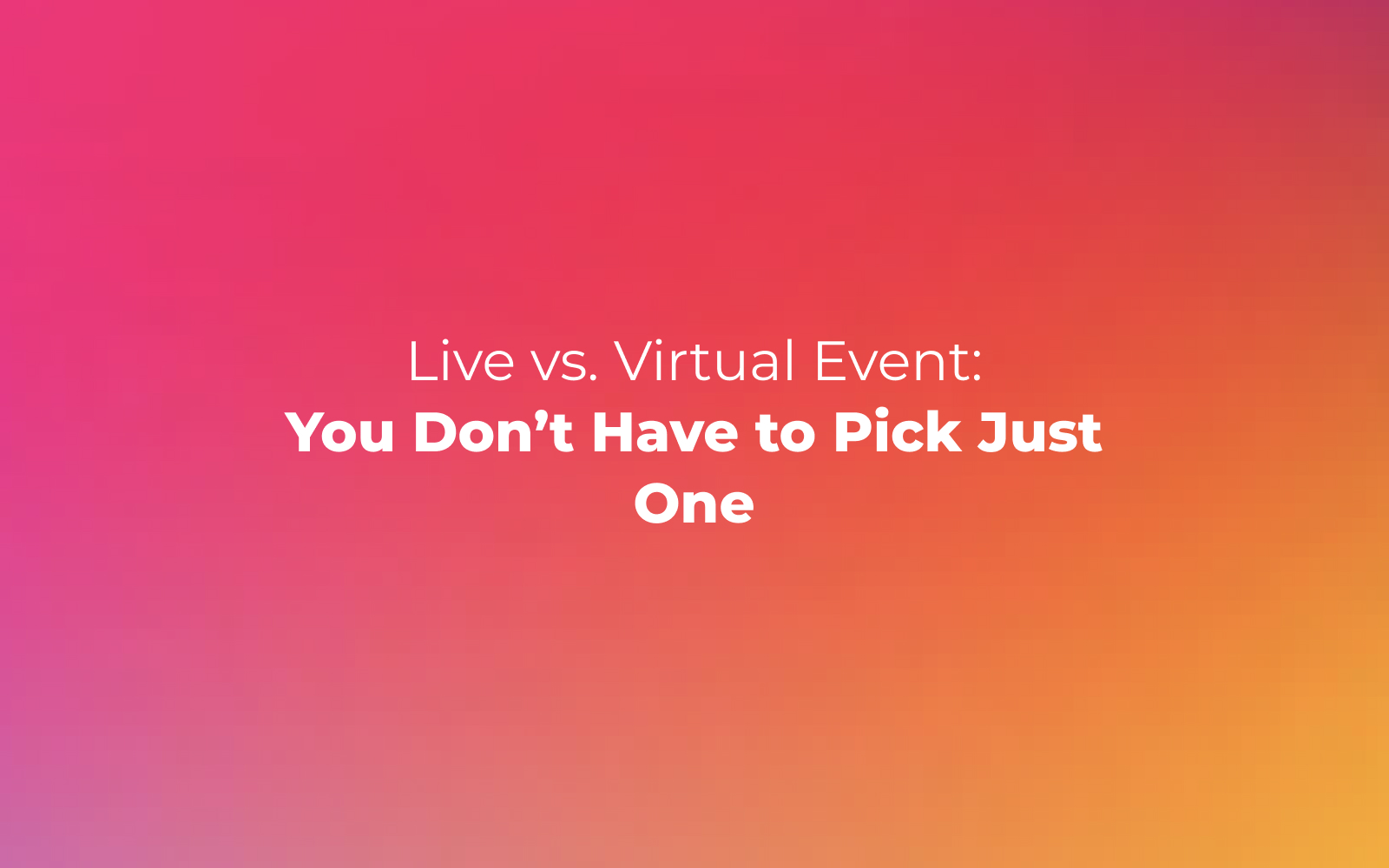Successful social media influencers frequently wear a lot of hats. They’re entertainers, educators, and CEOs all at the same time. In today’s day and age, those who want to stay competitive need to add another title to their resume: data scientist.
Data is so valuable it’s being called the “new oil” in the business world. Those who use data wisely are surpassing their competition and evening the playing field between individual influencers and large corporations. Content creators may also reap the rewards of turning their fan data into actionable decisions that take their online presence to the next level.
While you may not need an MBA to interpret your data, you do need to use it thoughtfully. If you want to get the most out of your data without it being counterproductive to the result, watch out for these common mistakes.
1. Not having a data strategy
One of the top mistakes that influencers make is not to have an overall data management strategy. Your channel is your business, and the data tells you how that business is doing. Without a tactical approach, you may not have the clear insight into why you are gaining or losing followers. Plus, you’re going to have a hard time attracting good sponsors without consistent data that proves your worth. While the term “data strategy” sounds vast and complicated, but it doesn’t have to be. Creators can put together a good data strategy on their own by asking a few questions:- Who are your fans? Who are your superfans?
- What business problems are you running into?
- Are you making progress towards your long-term goals?
- How effective is your monetization?
2. Focusing on vanity metrics
Vanity metrics do more for a creator’s ego than their brand. These are the widely recognized prestige statistics that look impressive without being very helpful. Some of the most prominent vanity metrics include: Follower numbers are the raw, uninterpreted number of accounts currently following yours. It’s often the first metric creators share when talking about their channel, but it doesn’t translate to active, engaged users. There are inevitably bots, side accounts, and people who rarely use their social media included among your follower numbers. Page views count the number of pages a viewer visits before leaving your app or page. Without context like time on the page, this could imply that users are bored or frustrated instead of engaged. Downloads are a record of app downloads. This might be confusing; after all, you want a lot of downloads. Like follower numbers, though, downloads aren’t a measure of engagement. Vanity metrics should be the top layer of your data strategy as general “check-up” statistics. They mainly matter if they change drastically. Look for stats that give you more information, like:- Reach: How many people see your content?
- Engagement: Are fans sharing and interacting with your content?
- Registration Rate: Who actually makes an account in your app after downloading?
- Retention: How many of your fans and app users are still around after 30 days?
3. Lumping fans into one group
Fans come in all varieties. They follow you for different reasons. It may be easier to make generalizations about them, but from a business standpoint, you need detailed profiles to inform your content strategy. Generalizations also make it hard to pay attention to your superfans. Superfans drive more of your traffic than the rest of your followers combined. They’re the first to follow you to new platforms and support new endeavors. Data will highlight superfans for you – but you have to be looking to find them. You can and should have more than one category of fans. To best identify your fans, there should be a methodology to generate fan profiles. This may include details about groups of fans who:- Like or share specific types of posts
- Click on your promoted posts
- Visit daily (or even multiple times a day)
- Never comment but share often
- Use your hashtags in other places
4. Not putting your data in context
Information doesn’t exist in a vacuum. Sterile columns of numbers won’t give you much insight into your audience. A sudden drop in-app registration could mean you need better marketing or more consistent promotion of your app. Associate your data with real-world events and your actions. Did you have a spike of new followers after an experiment that later faded away? Focus more on that experimental content. Is your reach falling on one platform? Check with other creators to see if a new algorithm could be hurting your numbers. Bottom line, don’t get so focused on the data that you forget to look at the big picture. Information is a tool, and a great one, but it needs context to be helpful.5. Overlooking timing
While this could be grouped with context, it’s so important it needs emphasis. Too many creators look at what and how but not when. They may track followers over time but otherwise fail to consider how time might affect their data. When looking at your stats, pay particular attention to the time of day, day of the week, and season. Knowing when fans will be looking for content helps optimize your posting schedule. Tracking time patterns also feeds fan profiles which guide content strategy and sponsorship activities.6. Using platform analytics tools alone
Social media platforms offer more analytics tools than they used to, but they still hold back on sharing data. Data is their main money-maker. Sharing it is against their interests even though your content creates that data. As a result platform tools mainly focus on traffic analysis. They have a limited ability to guide follower profiles or perform custom queries. In essence, you get what they give you. Use third-party tools to make the most of your data. Many influencers enjoy tools like:- Google Analytics
- Buffer
- Klout
- Audience


